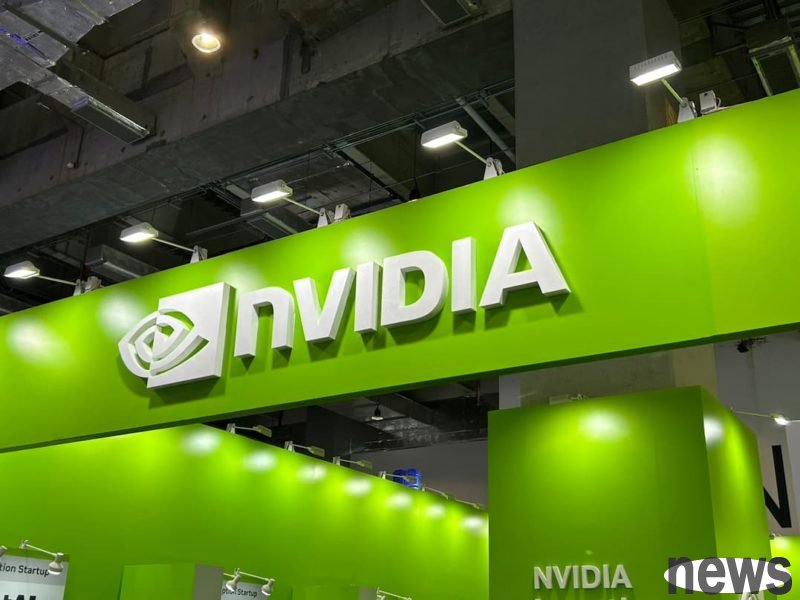NVIDIA Executive Vice President and Financial Director Colette Kress expressed his views on the ASIC chip market impact at the Goldman Sachs Technology Conference and simultaneously revealed the progress of the latest Vera Rubin GPU. Recently, Broad...

NVIDIA Executive Vice President and Financial Director Colette Kress expressed his views on the ASIC chip market impact at the Goldman Sachs Technology Conference and simultaneously revealed the progress of the latest Vera Rubin GPU.
Recently, Broadcom announced that it had won a US$10 billion ASIC contract, and the market's dominant position in NVIDIA may be challenged. In this regard, Kress emphasized that NVIDIA's strategy is not to pursue a single ASIC low-cost route, but to focus on "performance per watt" and "performance per dollar", and to develop the advantages of rack-scale data center solutions through the rapid expansion of GB200 and GB300 cabinets. She pointed out that AI systems often need to operate for more than 4 to 6 years, and long-term power sales of remote ultrahardware costs, so high-efficiency and high-efficiency architectures are the best choice.
However, two stocks are gradually emerging in the market. In order to reduce reliance on NVIDIA, many large technology companies have begun to accelerate their investment in ASIC chips to reduce high GPU costs. At present, in addition to OpenAI's self-developed ASIC projects, the development of Google TPU is also becoming more and more mature; at the same time, market news has been reported that Apple and Elon Musk's xAI will also join the ASIC camp.
With more technology giants moving towards lower-cost ASICs in inference applications, NVIDIA's future development is attracting attention. In terms of new products, Kress revealed that the Vera Rubin GPU has completed tapered out of six chips. Although the Vera Rubin GPU has not officially launched yet, large customers have already started waiting in line. What’s even more amazing is that just to deploy Rubin, the data center has planned several GW-level power demands—which are comparable to the power generation of several large nuclear power plants. It shows that the Rubin series is expected to be the core of the next wave of large-scale AI system deployments.
NVIDIA CFO Rejects Custom AI Chip Competition And Hints At $5 Billion H20 China Revenue & “Gigawatts” Of Next Gen Vera Rubin Chip Demand